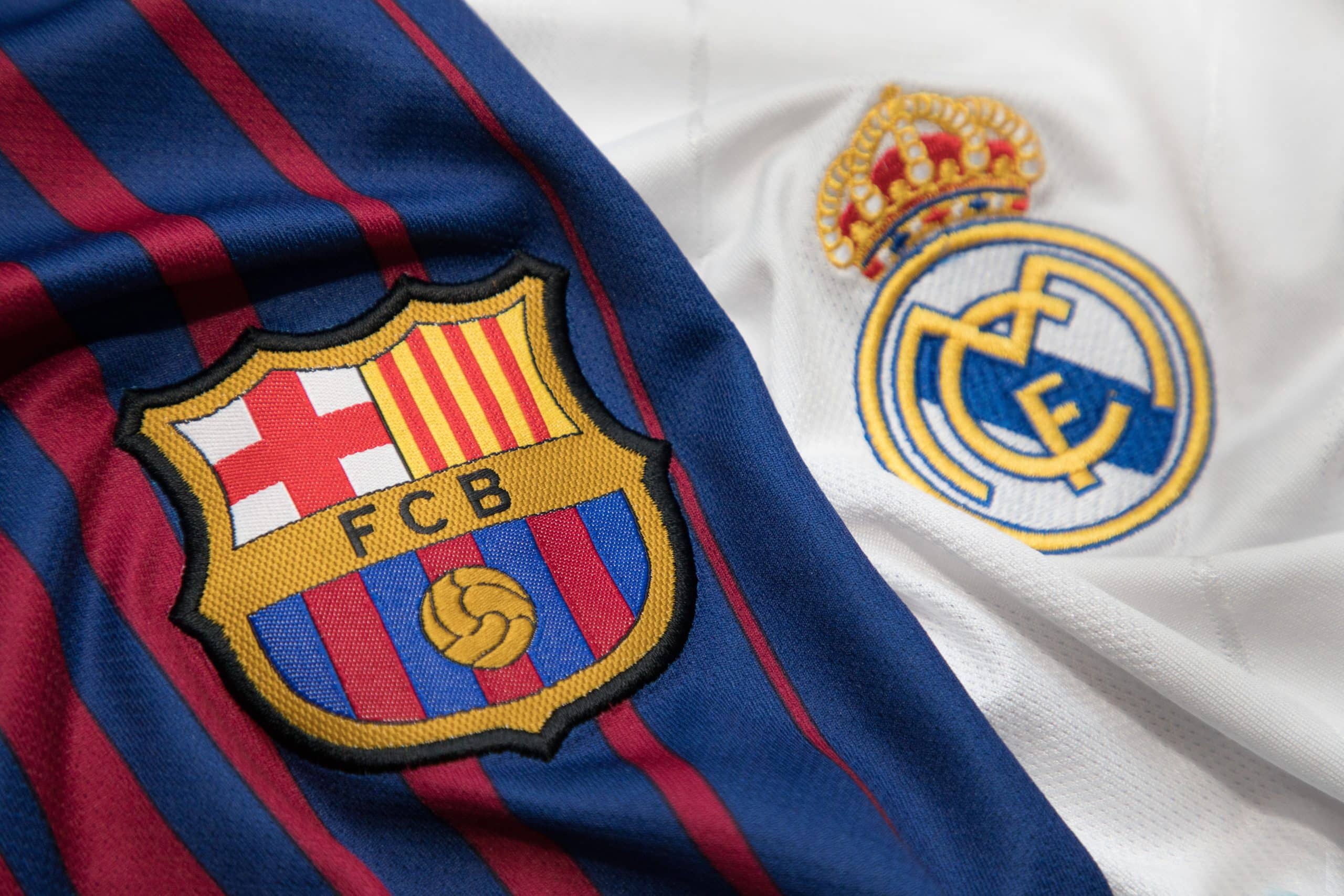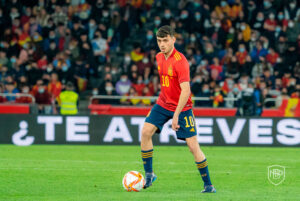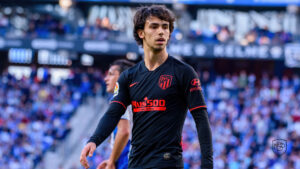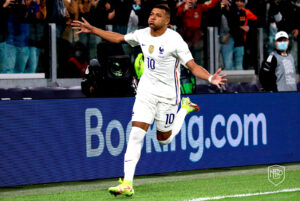This coming Sunday, March 19th, FC Barcelona and Real Madrid will meet again in the second Clásico of the league season. After almost seven months of competition, the situation in the table is different for both teams compared to the first match they played.
The Blaugranas are the leaders. After an irregular start to the campaign, Xavi’s side have found consistency in their results thanks to the magnificent defensive work of the team and, in particular, the brilliant individual performances of Marc-André ter Stegen.
On the other hand, Ancelotti’s men are in second place, 9 points behind their arch-rivals. After an excellent start to the season in La Liga, Los Blancos have lost steam after the Qatar 2022 World Cup, losing the advantage gained during their promising start to the season.
Having contextualized the analysis, at the MBP School of Coaches, we are going to highlight the three pre-match tactical key points that we believe will determine the outcome of the match between the two teams.
THE TACTICAL KEY POINTS
THE DUEL BETWEEN VINICIUS JR. AND ARAÚJO
One of the factors that could have a big impact during the match will be the duel between Vinicius Junior and Ronald Araújo.
Since March 2022, Barcelona and Real Madrid have met on a total of four occasions. On three of these, the Uruguayan was responsible for defending the Brazilian, the same number of times that Los Azulgranas managed to beat Real Madrid.
The player has become a fundamental weapon for Xavi in defending the Brazilian. Through the defensive strengths of the No.4, they have managed to minimise the impact of Vini during the attacking phase of Los Blancos.
Araújo has excellent conditional capacity. Thanks to this, and especially to his speed of movement, the Charrúa manages to match the Brazilian in situations where he starts with a spatial disadvantage when the winger executes the winger’s individual fundamental of ‘attacking a situation of spatial advantage’.
In addition, Barca brilliantly execute different individual fundamentals for the full back position to perfection, such as: reducing the space ahead of the possible reception of the winger or identifying the responsibility on the attackers in the zone.
By carrying out the different IFPs, the Azulgrana can minimise the reaction time to the winger when he receives the ball, and not create confusion as to which player should mark him.
For all these reasons, being able to beat a defender is really difficult for any opponent in a 1vs1 situation. However, like any duel, there are still more rounds to go until the final winner of the it is known.
Vinicius has shown a great progress of improvement over the last year. The Carioca has found solutions where there were problems before. In addition to his development in terms of finishing in front of goal, the Brazilian has also improved his understanding of the game. This has led to a more collective behaviour, and not as individualistic as in the beginning of his career at the club.
Therefore, it would not be surprising to see the No20 looking for a collective solution to the problems that Araújo has presented in recent matches.
THE 4TH CENTRAL MIDFIELDER TO TAKE CONTROL OF THE GAME
Another key factor that could determine the outcome of the match will be to see who succeeds in taking control of the game.
Despite the adaptability shown in recent times by the two teams in their game model, the main essence of both is to base their game on ball possession in order to take control of the match.
To this end, both coaches have recently opted to incorporate a fourth midfielder into their starting eleven. With the figure of an extra player in the midfield, both sides have managed to be more effective in the implementation of their game idea, and to solve some problems at certain moments of the game.
For Barca, Xavi has brought in Kessié as a fourth central midfielder. With the inclusion of the Ivorian, the coach from Terrassa is looking for a player who is more of a two-way player, capable of getting into the opponent’s box and helping the team in the transition phases.
In addition, the former AC Milan man’s move has led to the relocation of Gavi as a ‘false’ left winger. Such a move has caused a positional asymmetry within the Blaugrana attacking structure. Depopulating the left side of the pitch with players with positional profiles and occupying these spaces with players from other lines.
On the other side, Ancelotti has been using this trick since last season through the figure of Valverde. The introduction of the Uruguayan has allowed Real Madrid to be a more solid team in the different phases of the game.
El Pajarito allows the Italian coach to be more adaptable in the use of different structures. The No.16 can play as a winger, central midfielder or as a holding midfielder. In addition to his versatility and undoubted physical deployment, the Charrúa is providing a lot of goals this season, scoring 12 so far.
Therefore, we will see which of the two teams manage to implement their game idea during the match, and how important the role of the fourth midfielder is in the starting eleven for both teams.
EFFICIENCY IN THE PENALTY AREA
The success in front of goal of both teams has been questionable in the past month of competition. Neither of the two teams have managed to score big goals in any of their recent league games (*exception: Real Madrid vs Elche with a final score of 4-0, 15th February 2023).
Players like Benzema or Lewandowski, the two main goalscoring references of their team, are struggling. Both players average a higher xG than the total number of goals scored during the competition, i.e. their effectiveness in front of goal is lower than the number of clear chances they have per game.
This factor has meant that players such as Vinicius, Rodrygo, Raphinha and even Pedri before his injury had to take on the attacking responsibility for their teams. However, none of these players are typical goal scorers.
Moreover, in this type of match, the chances in front of goal are significantly reduced compared to other matches, as the teams minimise the risk of turnovers during attacking actions.
A clear example of this was the last Clásico between Real Madrid and FC Barcelona on the 2nd of March. Los Blancos did not manage to have a single shot on target during the 90 minutes.
Therefore, in this scenario, whoever is able to have a greater number of chances, and in turn, be accurate in their finishing on goal, will obtain a high advantage over the opponent.
CONCLUSION
A derby is always a special match. The mental impact it has on the teams transcends logic in comparison with any other match that might be played.
Moreover, in the event of a win for Barcelona, the league championship would be sealed. On the other hand, a Madrid win would bring Ancelotti’s team to within six points and give more life to a league that is practically decided.







